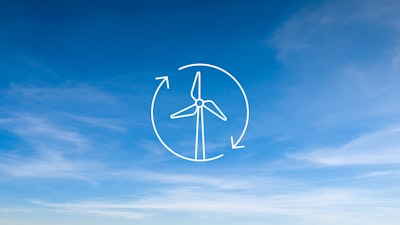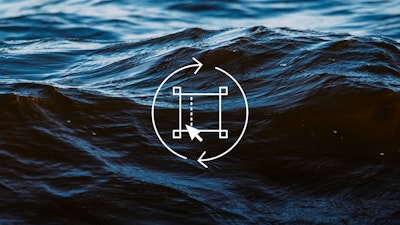Sourcing better materials: Our progress
The materials we choose affect a design’s sustainability more than anything else. We’re striving to use fibers and chemicals that are better for the environment. When materials are grown, not extracted, we ensure they’re harvested responsibly.
1,000
Our 2023 goal was to add 1,000 tons of recycled plastic to our production.
We’re over halfway there.
Sourcing materials thoughtfully
All products across the collective will contain at least 50 percent recycled content by 2030. In 2023 alone, Herman Miller’s Eames Shell Chairs and Sayl Chairs used 215 tons of recycled plastic. Browse sustainable products using the environmental impact calculator, Ecomedes.
Reducing harmful substances
Everyday products can house harmful chemicals. We help organizations minimize their exposure to chemicals like PFAS, formaldehyde, VOCs, and more by carefully vetting our products and rethinking our manufacturing processes.
Considering chemicals
We maintain a database of approximately 4,000 chemicals that have been profiled for their limited ecological impact. We use these chemicals in more than 3,000 materials to ensure the safety of products across the MillerKnoll collective.
Adding more variety for higher performance
MillerKnoll brands offer upholstery solutions from Knoll Textiles, Maharam, and others that combine high-performance textiles with recycled content and biodegradable fiber. These choices divert waste and reduce fiber degradation from potentially hundreds of years to less than 10.
Diversifying supply chains
Herman Miller was a founding member of the NextWave consortium. Today, MillerKnoll continues to partner with NextWave as together, we develop the first global network of ocean-bound plastic supply chains, processing materials collected from coastal areas.
Collect
When plastic waste builds up in coastal cities, suppliers work with local pickers to collect the profitable plastics.
Process
Collected materials are ground, washed, and pelletized.
Re-engineer
Pelletized materials are sold to manufacturers who then re-engineer the plastic.
Incorporate
We incorporate re-engineered plastic into products. Currently five product lines across our collective of brands incorporate ocean-bound plastic into their designs.
Turning the tide on ocean-bound plastics
As part of the NextWave initiative, we’ve joined a commitment to collectively divert a minimum of 25,000 metric tonnes of plastic—the equivalent of 1.2 billion single-use plastic water bottles—from entering the ocean by the end of 2025.
Responsibly sourced wood
FSC® certified products (FSC-C028824) are widely available for MillerKnoll customers. Our brands have won three FSC Leadership Awards (2015, 2018, and 2020).
2015 - Herman Miller North America
2018 - Knoll North America
2020 - Herman Miller North America and Geiger
Our 2030 sustainability goals
Sustainable design leads to more inspiring products, as well as a culture of people committed to doing things right. Our goals for 2030 continue our collective’s tradition of designing for a world we all want to live in.

Reduce carbon footprint
We aim to reduce carbon emissions from our products and operations by 50 percent, building off our 7,000-ton carbon reduction by mid-2023.

Design out waste
We aim to eliminate waste from our processes, including single-use plastic packaging and waste in landfills, air emissions, and water use.